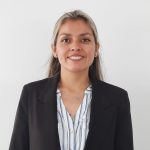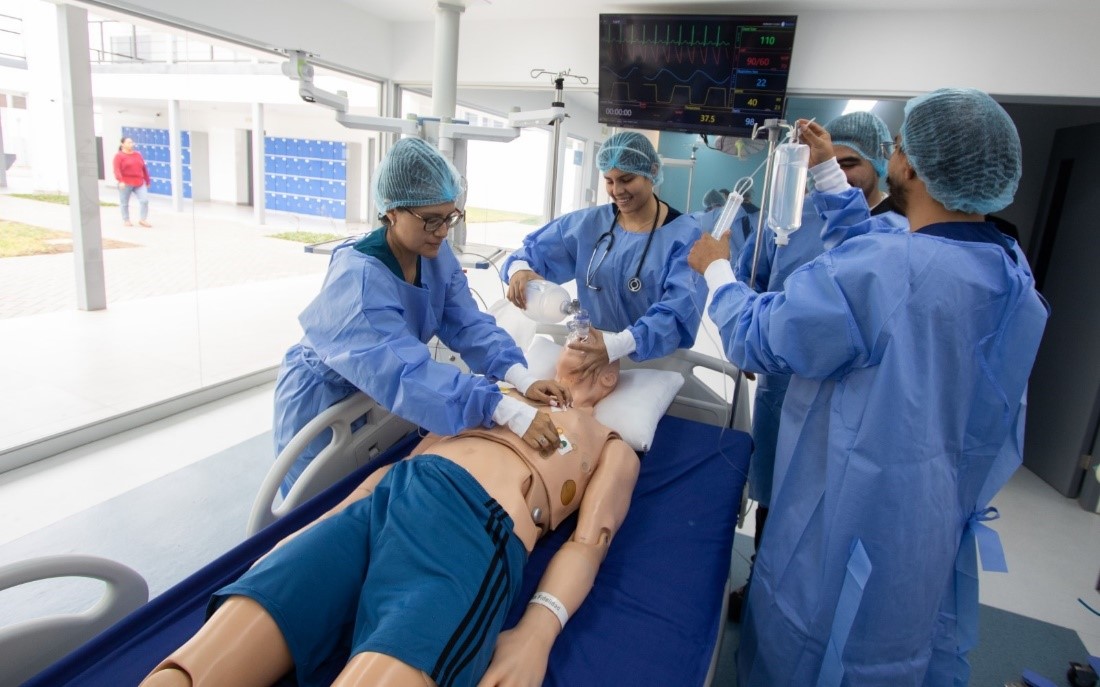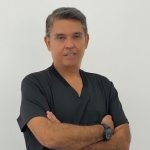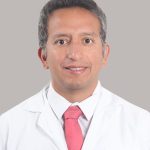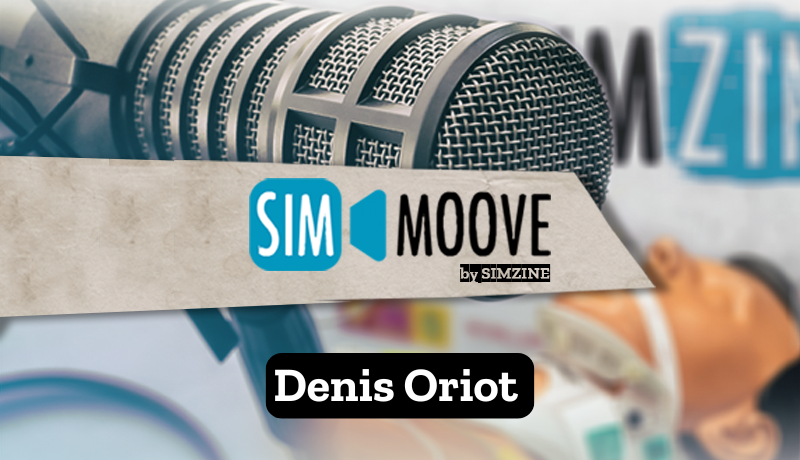In the heart of Lima, Peru, the simulation center of the Universidad Científica del Sur has established itself as a pioneer in advanced medical education. Through a combination of state-of-the-art technology and innovative pedagogical approaches, they have been preparing health professionals to face clinical challenges for more than 10 years. Equipped with simulators of varying complexity and a dedicated multidisciplinary team, they are committed to improving educational quality and experiential learning.
Welcome to a brief graphical tour of our Simulation Center at the Universidad Científica del Sur, in Lima, Peru.
Our “Simulation Clinic”, so called because of its resemblance to a medical center due to the layout of its environments, was born from the need to improve the quality of teaching in our university. Here, students can learn in a safe environment, where mistakes are part of the learning process.
Aligned to the concern that they can learn in a safe environment for them, where making mistakes does not affect them psychologically.

How did we get here?
The Simulation Clinic began its activities in 2014, with a team made up of a medical educator and a technician (in clinical simulation) armed with two high-fidelity simulators in a space designed for such activities. Thus, while reforms were made, equipment was acquired, and new teaching and technical staff was recruited, the partial introduction of simulation in a few courses of the human medicine career was achieved. However, the need to cover more topics, more courses and more careers, together with the growth in the number of students, made evident the urgency of growth and change of strategy, which would be reflected a few years later.
It is at that time, coincidentally with the health situation known to all, that simulation gained special importance among teaching strategies, because with much effort, ingenuity and creativity it took over the achievement of the vast majority of learning objectives through the virtualization of teaching and remote practice in the form of telesimulation. Thus the success of the assignment and the dimensioning of the virtual that should then be transferred to the face-to-face was the trigger for the political decision and subsequent execution of the expansion and re-equipment of our simulation clinic to the way it is conceived today.
With the expansion of the infrastructure (from 400 to 1600m2) and the well-planned implementation and equipment with the best technology, as well as the growth of human resources (we went from 1 technician and 1 teacher to more than 60 people considering the simulated patients), is how nowadays we manage to impact with the teaching methodology based on clinical simulation on 45 courses from the careers of Human Medicine, Nursing, Obstetrics, Psychology and Nutrition and Dietetics.
In this way, we have been working with students on both technical and non-technical skills, in addition to having strongly initiated the path of registration, systematization of information and research work, which has made us very active in events that convene the protagonists of simulation in our environment and in the region, where we are beginning to be recognized for the passion, drive and consistency with which we do things.
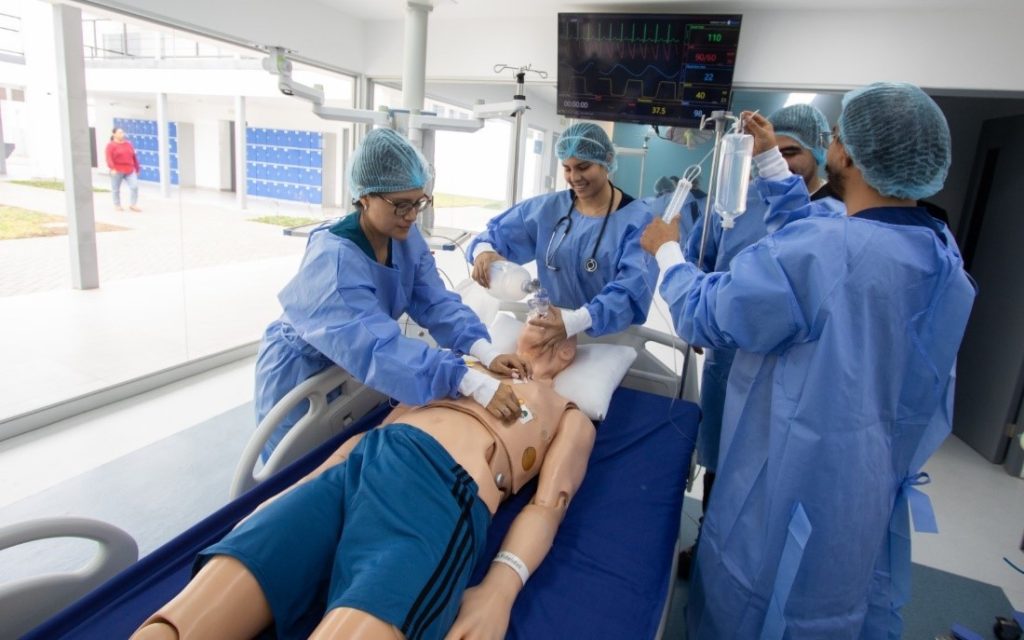
Our Team: Team Sim Científica
In our simulation center we have an invaluable human team, and each one of them is a fundamental piece for the development of our activities.
At present the team is made up of the head of the center, two full-time research professors, twelve full-time professors from the specialties of General Surgery, Pediatrics and Neonatology, Immunology, Endocrinology, Emergencies and Disasters, Gynecology and Obstetrics, who are in charge of coordinating the courses related to their specialty and the part-time professors who support them. In addition, as with any multidisciplinary team, we have other collaborators such as a nursing graduate, two administrative personnel, seven simulation technicians and 44 simulated patients.
Each person in our team is committed to provide a high level of performance and develop a strategic role for the proper functioning of the center. To achieve this, our instructors receive adequate and effective teaching in simulation, by participating in 2 days of training every month. Each day a different activity is developed between theoretical and practical classes, where teachers develop the simulation with the support of our high-fidelity simulators and our simulated patients. Here they have the opportunity to practice the briefing and then at the end of the simulation to develop the debriefing of the activities performed. All this to ensure the improvement in the quality of teaching for our students.
Simulation technicians are a key element, as they work to solve any problem that may arise, taking the simulation to another level, trying to make each scenario resemble reality, taking care of the details and avoiding failures or their visibility.
With regard to the standardized and simulated patients, we have more than 40 people that make up the team: they receive constant training by a teacher of the Performing Arts career, belonging to the University. Our standardized and simulated patients are the protagonists at the time of developing the simulation, since it depends on them that the student feels the scenario as a real life case and can learn to interact with them either by giving medical care or when the patient simulates being a family member and must give emotional support.
From the above we could highlight that the key to maintaining such a large, identified and committed team is that each one gives the best of themselves, support and care, having clear that the goal is to deliver the best teaching for students and that the simulation center to which they belong is at the forefront of innovation.
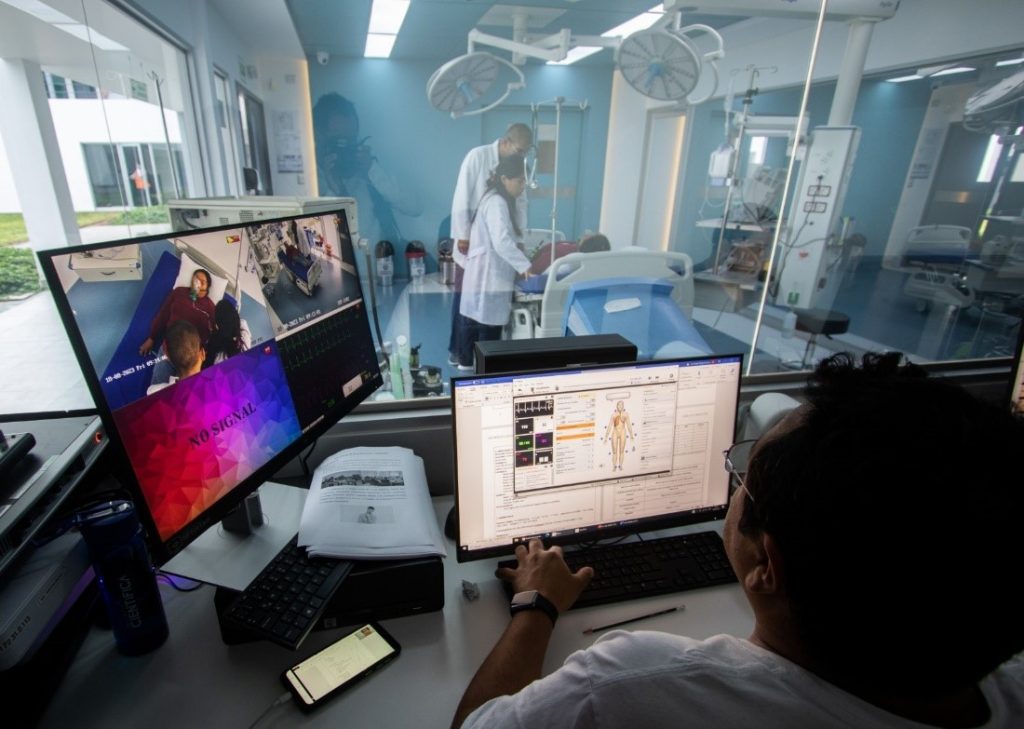
Infrastructure
It is worth mentioning that we have one more headquarters, being the original and largest the headquarters of Villa El Salvador, with an area of 1600m2, distributed in two floors with the following environments:
- Consultation rooms (8) divided into two environments: a simulation room and an observation room.
- High Fidelity Rooms (5); High Fidelity 1-SOP, High Fidelity 2 – ICU (Pediatrics), High Fidelity 3 – Emergency and High Fidelity 4 – Delivery, High Fidelity 5 – Shock Trauma, divided into three rooms: a simulation room, a control room and an observation room.
- Skills Rooms (5)
- Hospitalization rooms (2), with 3 fully equipped boxes and a nursing station.
- Image Room, with 3 screens for projection.
- Ultrasound room, separated into 3 boxes with a stretcher and an ultrasound machine in each box.
- Reception area and waiting room equipped for customer service.
- Laboratory with sampling area, biochemistry area and microbiology area.
- OSCE structured objective clinical evaluation rooms (10).
- OSCE observation room equipped with 10 computers.
- Warehouse, equipped with shelves and employees for the conservation and storage of simulators, parts trainers, materials and supplies.
- Auditorium.
- Administration.
- Ambulance called ‘Simbulancia’ which is fully equipped with audio and video cameras to address the clinical cases carried out within it, the same that will be inserted into certain courses and topics related to the ambulance as: medicines, surgeries and obstetrics.
- We also have 10 high fidelity or complexity simulators and 5 medium fidelity or complexity simulators, 2 generic or low fidelity or complexity simulators and more than 200 parts mock-ups.

What we do in the simulation clinic
Training and evaluation of clinical skills and abilities are carried out in the skills rooms; low and medium complexity cases, which generally occupy simulated patients, are performed in clinics; and higher complexity cases that occupy the high fidelity or complexity rooms, not to mention the not so complex activities that eventually occupy the hospitalization boxes and the organized and structured OSCE type evaluations.
Basic life support activities SVB/BLS of the AHA (American Heart Association), updated with the American Heart Association Guidelines of 2020, are also performed by the hand of our AHA instructors, throughout the year this workshop is offered to students of human medicine career, our external and public (healthcare personnel).
To summarize, in the simulation clinic we conduct skills workshops or activities for the development of basic clinical competencies, medium or low complexity case scenarios in offices and high complexity critical cases in high complexity wards and we have structured objective OSCE evaluations for many of the courses.

Our projection
It is to be a simulation center of reference in Peru and also Latin America in terms of academic teaching, infrastructure and research in clinical simulation.
In terms of lines of development, first we want to improve the quality of what we have been doing. There we have activities such as validating our case scenarios with all that this includes, such as evaluation. For this, we should have instruments that have some validation, beyond what our group thinks and believes it should be: there we typically have to try to validate instruments with the sequence that normally exists.
ChatGPT, for example, is a tool that helps us to screen our evaluation instruments and then take our instrument on an expert assessment path, and then have it validated.
Second, evaluations have to make sense and belong to the student. Students have to want their evaluation and for this we need to make post-evaluation feedback in the summative evaluations, as well as in the formative ones, to tell the students where they have made a mistake. We need to generate feedback, we need to generate those spaces after the OSCEs, or any type of evaluation, either in real time or immediately or later, but always synchronously.
On the other hand, for students to like their evaluation, they must feel it to be completely objective and real. We are in line with the idea of generating 360° evaluations, at least in the competencies that can be assessed by more than one environment. For example, in communication, the simulated patient is already evaluating the student, but could also be assessed by the same instrument by the teacher. The 360° evaluations have the benefit of convincing the learner that the simulated patient’s version was not wrong. This is all along the lines that evaluation is key.
To summarize, we are working to carry out better activities, more optimal, corrected, closer to reality, more consensual, so that all teachers participate in the correction and improvement of the execution of each of them, and the evaluation is finally closer to feedback and is 360°.
In terms of evolution and innovation, we want to incorporate routes or topics such as laparoscopy, electronic medical records, interprofessional work, so that other careers become interested in what we are doing.
In terms of technology, we want to incorporate Artificial Intelligence, augmented reality and virtual reality, but in search of what complements us.
Finally, decision making, which is based on clinical reasoning, is the supreme action that a physician must take, and this is another great pending issue that we want to incorporate into our curriculum.

READ ALSO


